What People are Involved in Building a House?
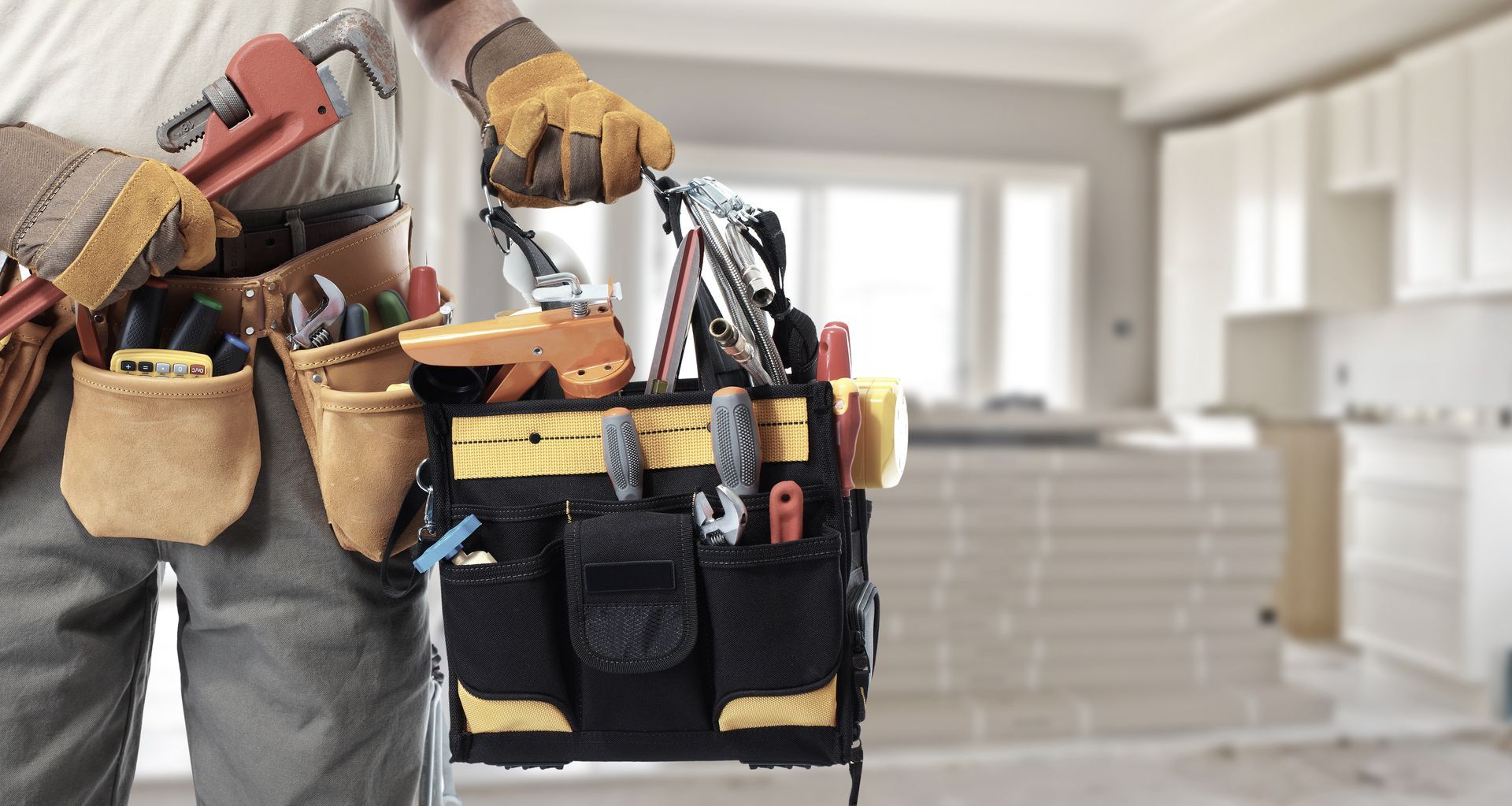
No two home builds are the same. Having said that, usually, people involved in the process are a core team of about a dozen, with another 10-20 contractors depending on the complexity of the project.
Client / homeowner
Clients come from a wide variety of backgrounds: a perfect home for one may not be suitable for another. From basic requirements such as mobility (level thresholds, wide doorways), to expectations around energy consumption (Passive House), to budget constraints, to size, to contemporary design elements - no two homes are the same.
It’s important to recognise who the home is for. Which requirements need to be met above others? A house build or a renovation is unlikely to meet all requirements at once - the process is almost always a delicate balance of choosing something at the expense of something else.
At Barry Stewart Builders, our job is to focus on helping the client build the home they need, so clarity about the client’s requirements is fundamental to getting it right.

Architectural designer & architectural technician
At Barry Stewart Builders, the residential design almost always involves at least two people. Our architectural designer Neil McMillan usually takes the lead role in working with the client to identify the most suitable approach to building or renovating their home. Neil is then supported by an architectural technician who prepares the technical drawings required for construction and building consent on a CAD (computer-aided design) software.
Building performance modelling consultant
Although not yet common in standard NZ build, homes aiming to reach Passive House standard require computer-modelling to reliably predict their energy consumption and building performance (temperature, dew points etc) before any construction can take place. Currently, we outsource this modelling, when required, to specialist consultants who use Passive House Planning Package (PHPP) software.
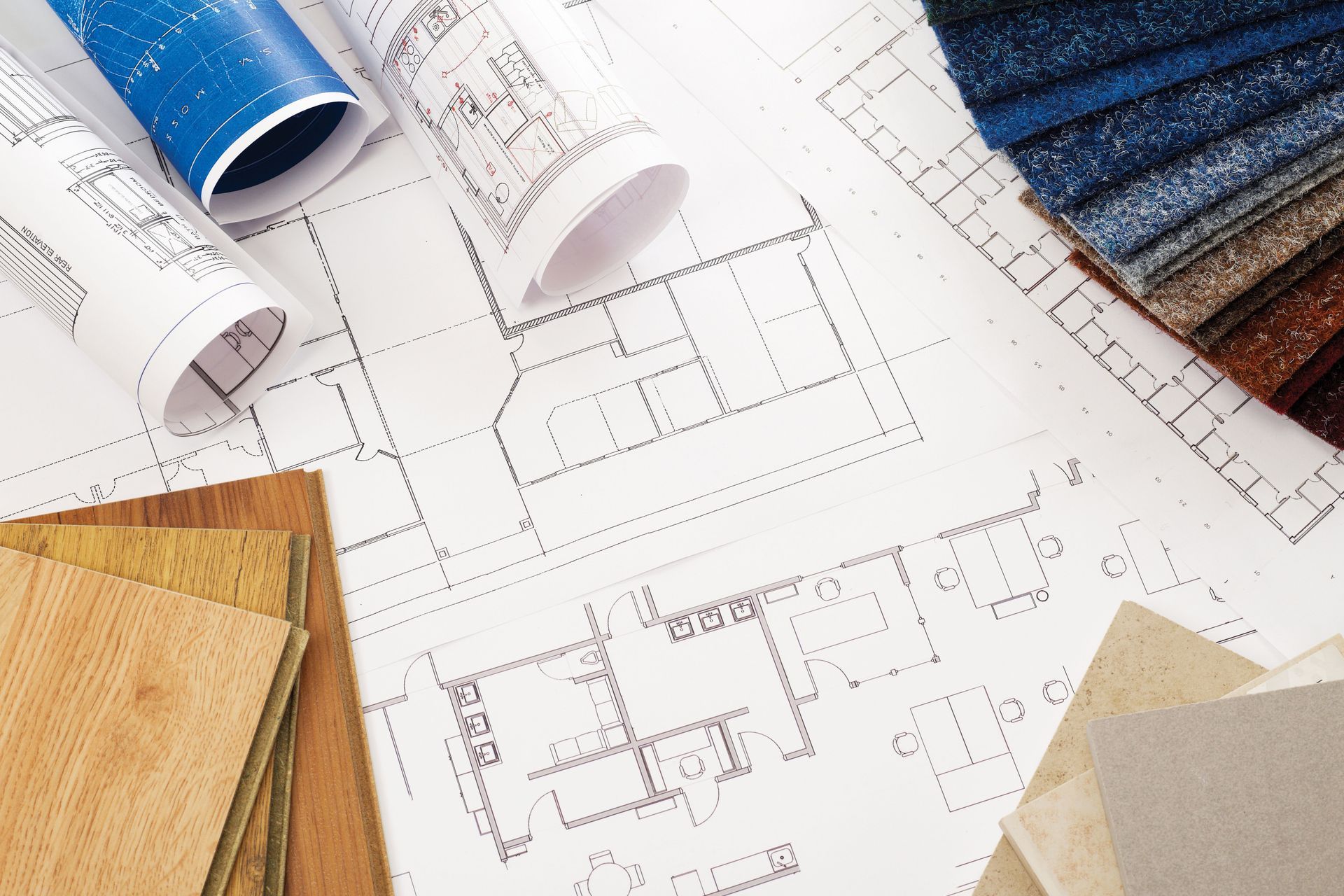
Quantity surveyor & project manager
Quantity surveyors calculate and manage construction costs. Correct estimation is essential to the successful completion of any project, but even more so with a residential build: building or buying a home is likely the largest purchase a person will ever make.
At Barry Stewart Builders, a quantity surveyor’s job is to make sure that both the client and Barry Stewart Builders understand what the project is likely to cost in the end. In the initial design stage (concept design) when only the basic shape of the building has been agreed on, we provide the client with a cost estimate - an approximate guideline based on what similar projects have cost in the past. Its aim is to help the client in making sure that the project is in a suitable price bracket before proceeding any further.
In later stages of design, once details such as floor coverings, window materials, kitchen benchtops etc have been confirmed, a detailed cost breakdown can be provided. It will form a baseline to which all construction costs will be referred back to.

Land surveyor
With some exceptions, most new building sites need to be assessed by a land surveyor before building work can take place. This is especially true of sites that are being subdivided or have not been built on before.
A land surveyor will determine boundaries of the property by locating, describing and mapping the boundaries and corners of a parcel of land.
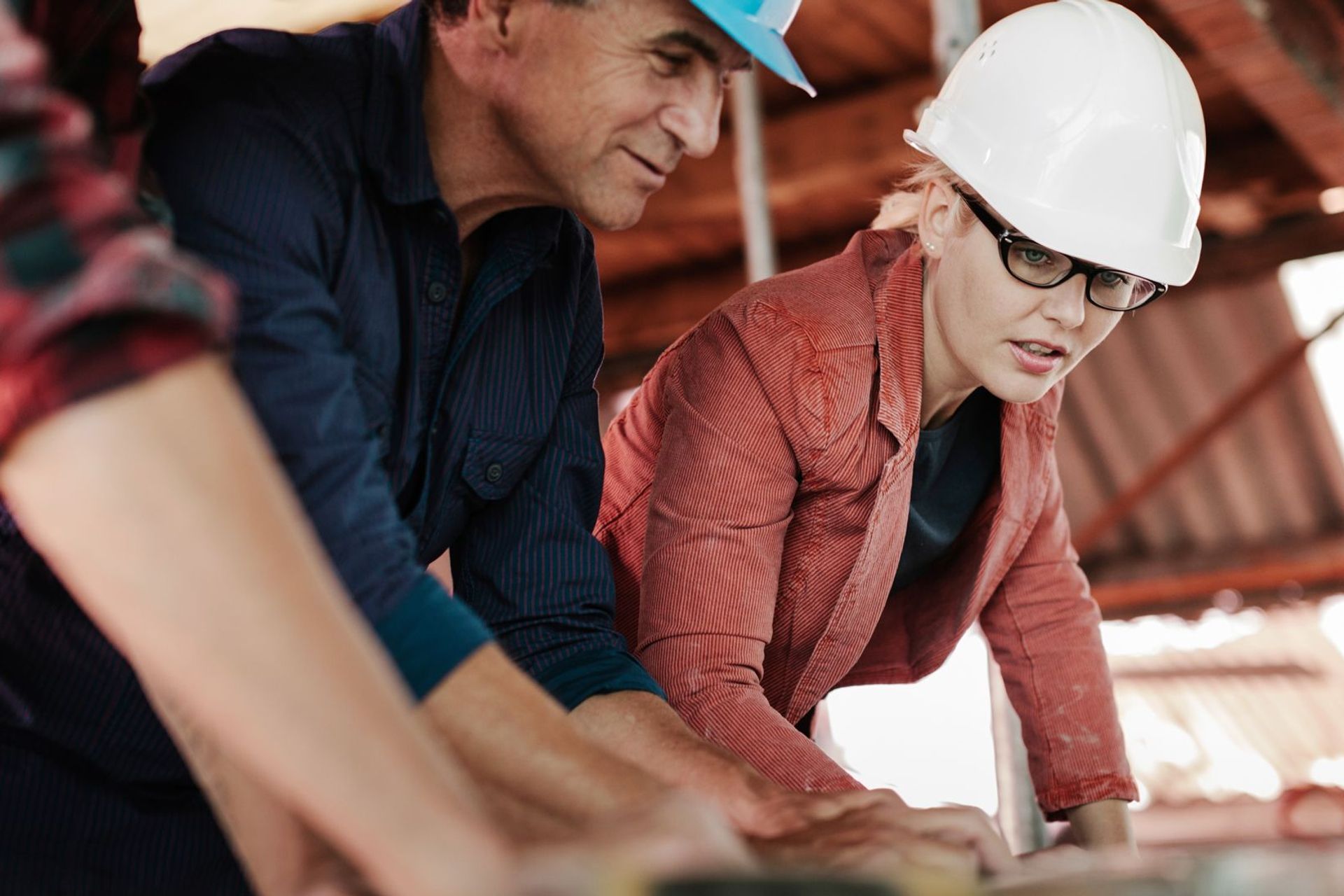
Engineers
Depending on the complexity of the build and soil conditions, an engineer may need to be involved in designing parts of a home. It’s important to remember though: a simple home may not need any; a more difficult project may need several.
Most commonly the engineers involved are a geotechnical engineer (testing of ground conditions), structural engineer (choosing correct steel beams to span wide openings, such as garage doors), mechanical engineer (designing a suitable heat recovery ventilation), electrical engineer (solar panels, wind turbines, dedicated battery banks) etc.
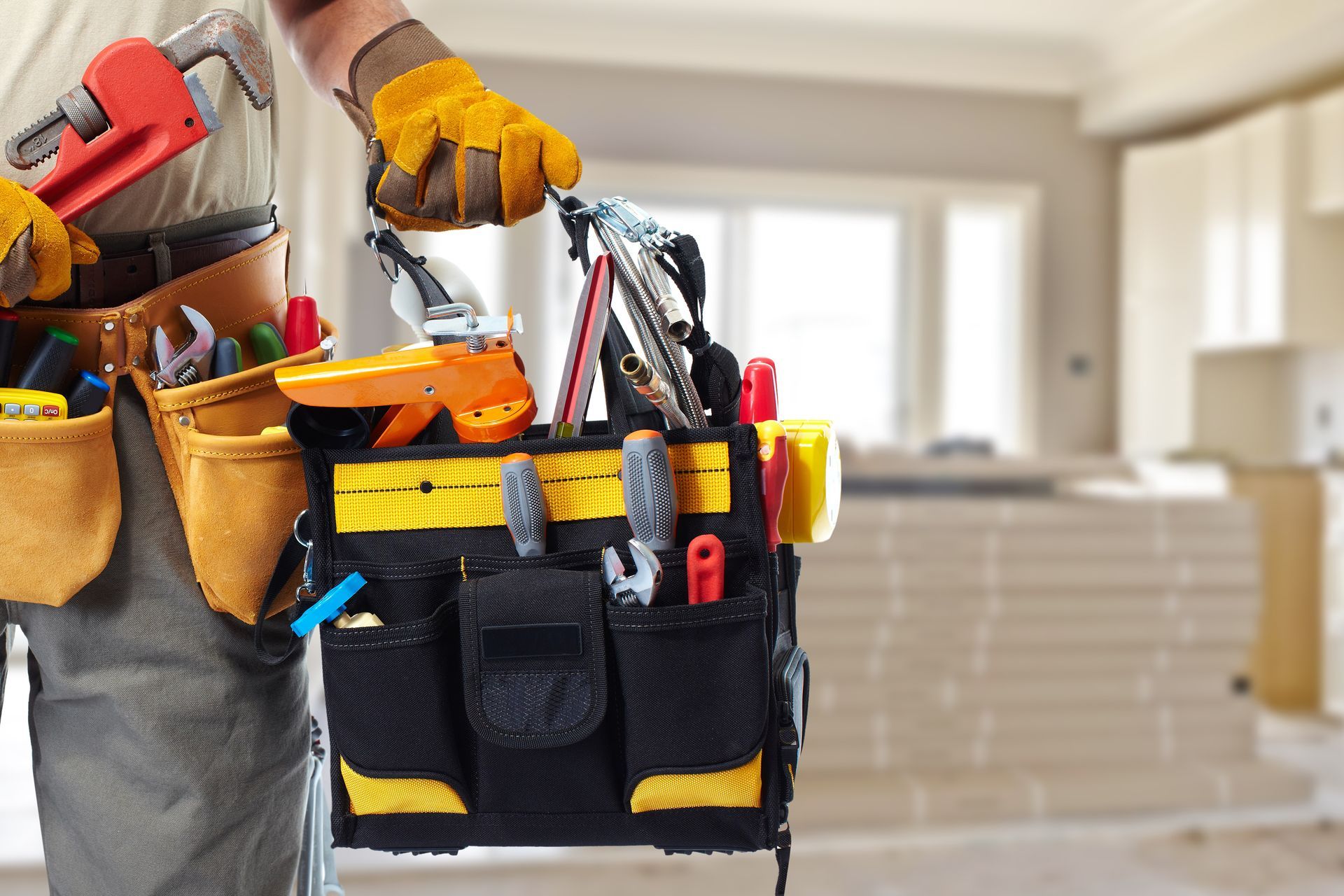
Site team & subcontractors
The core team of builders on a residential construction site is usually 5-7 people: one foreman (senior builder overseeing site and staff), two to three carpenters (specialist builders with skills and experience), two to three labourers/apprentices (staff in early stages of training). They are all employed by Barry Stewart Builders undertake most of the work connected to erecting the structure itself: foundation, walls, roof.
In addition to the core team above, several specialist subcontractors are hired to and install (and manufacture) services that require specific trade qualifications or skills. Most commonly, these are plumbing (pipes, taps, toilets), electrical (powerpoints, light fittings), drainlaying (stormwater and wastewater), roofing (including spouting and downpipes), windows, flooring (carpets, vinyl), tiling, metalwork (handrails, balustrades), joinery.
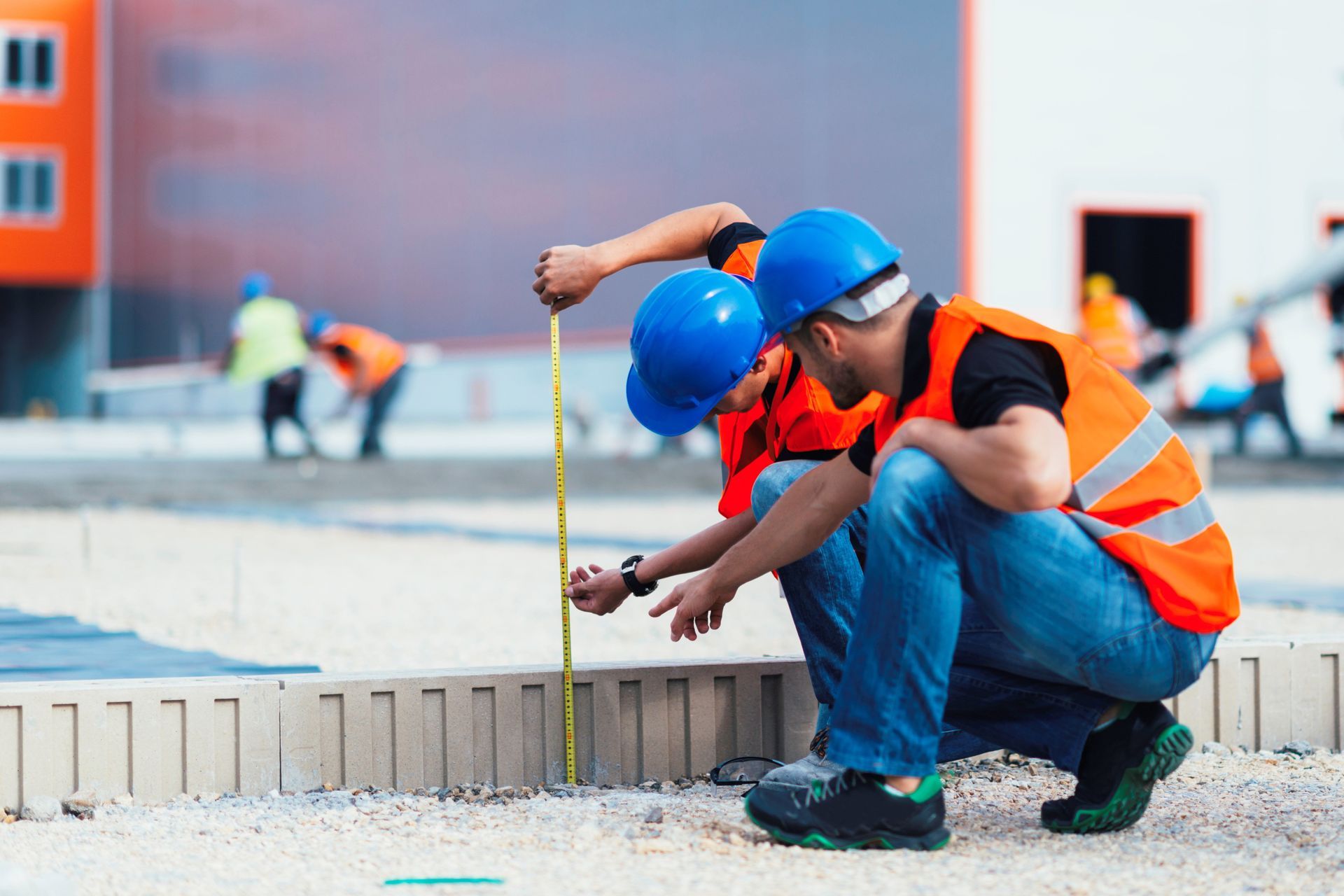
Local council staff
If a home requires building consent (new homes will almost inevitably do), representatives from the local council need to be involved to 1) keep copies of drawings and related documents for the council archive, 2) conduct site inspections and 3) provide final signoff at the end of the project, called Code Compliance Certificate (CCC).
Independent certification providers
For most homes, once the local council has provided the final Code Compliance Certificate (CCC), the construction process is officially complete. (Yay!)
However, some building owners wish to achieve further independent certification, for example, Homestar by NZ Green Building Council or Passive House Institute (PHI) certificates for Passive House, EnerPHit or Low Energy Building. These certificates require further assessments by independent, certified consultants.
